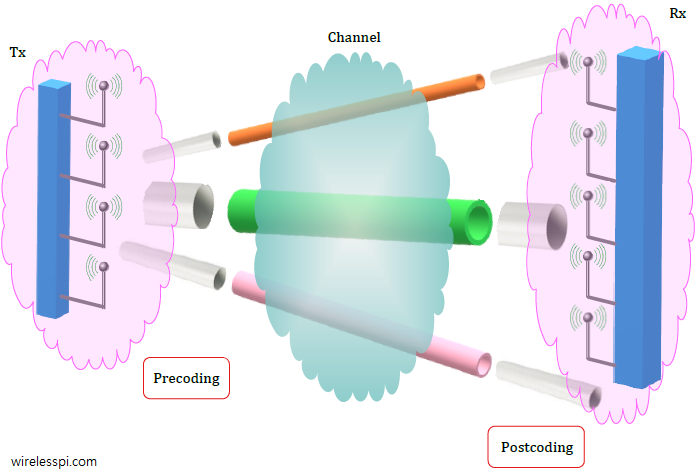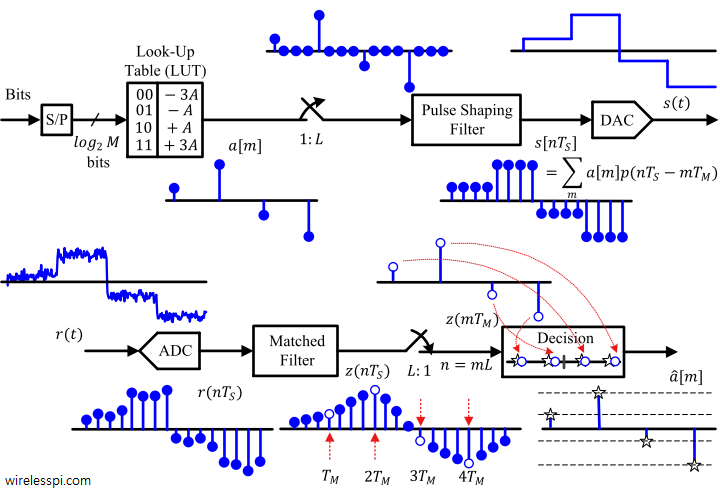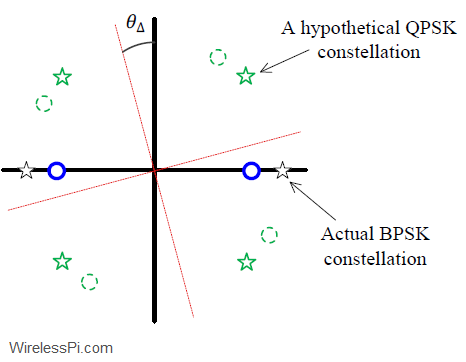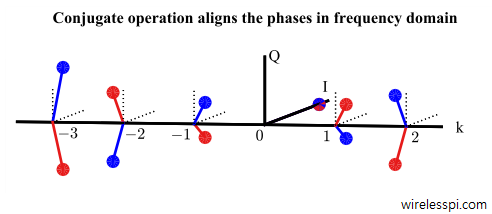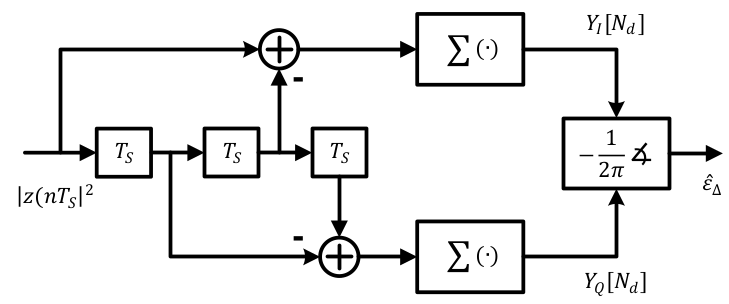Singular Value Decomposition (SVD) is a powerful concept in linear algebra whose relevance has significantly increased in recent times. Some of the notable examples are its applications in machine learning, data science and wireless communication systems. In this tutorial, I will explain the logic behind SVD from a non-mathematical viewpoint using a wireless application that forms the backbone of high speed wireless systems such as WiFi, 4G and 5G. What is Orthogonality and Why We Like It Orthogonality is a concept that comes with heavy mathematical details. However, it can be explained in a simple and non-rigorous manner. Look at
Continue reading